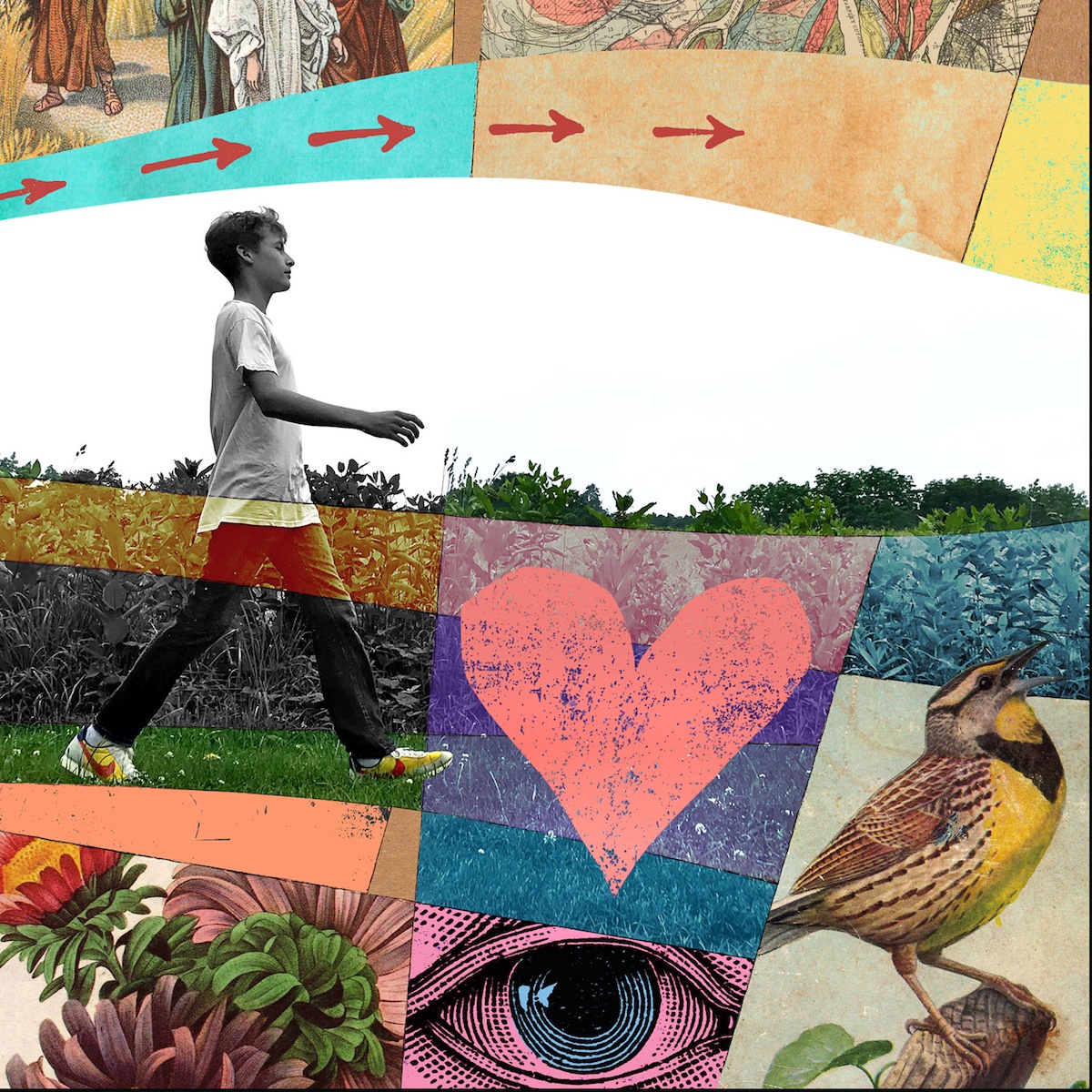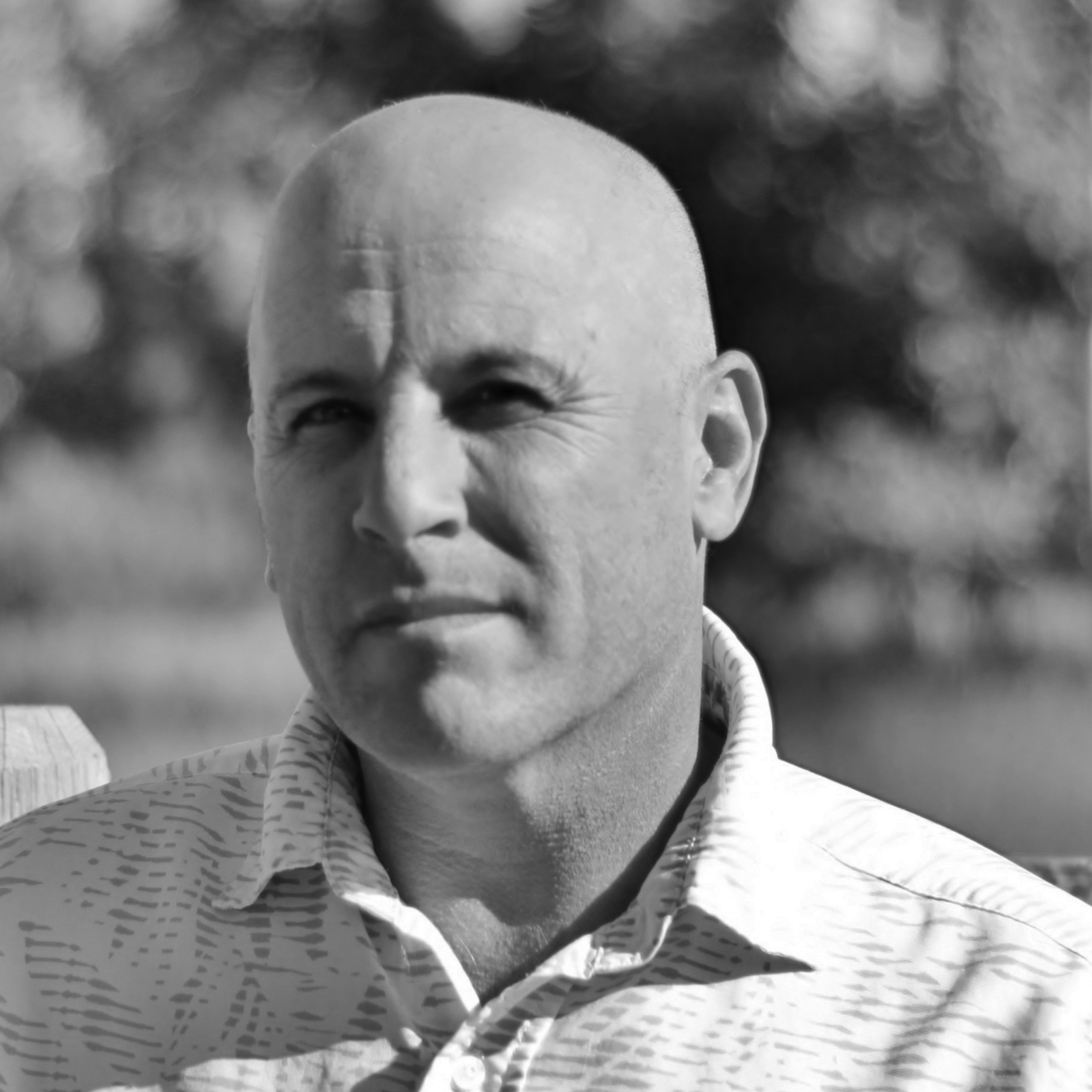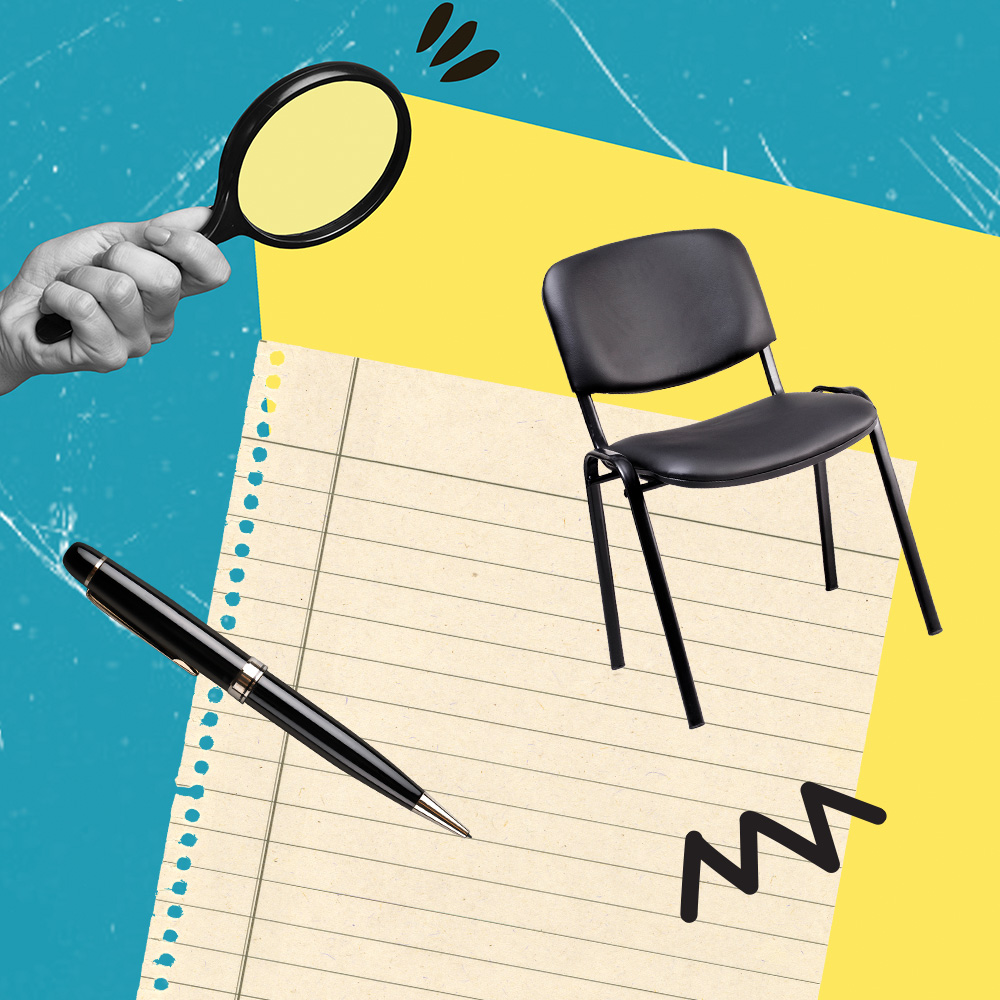 Image Credit: Tim Robinson
Image Credit: Tim Robinson
Godspeed
Mark shares how the only real means of travel is to walk it humbly with God. At about three miles an hour.History, especially in the West, has shown a sustained effort to speed things up. We try to rush to places quicker and achieve more in less time.
The results are impressive.
And discouraging.
We can fly across continents in mere hours and yet not really ever be where we are. We can connect at warp speed with an acquaintance 10 time zones away, but never know the person right beside us. In an age of blindingly-fast connectivity, we still often lack heart intimacy.
My whole life, I’ve tried to slow down. I’ve been in such a hurry, yet I can’t think of one upside to it. Maybe I finished earlier or arrived sooner once or twice, but even then, my haste made me anxious and my work shoddy. Besides all that, the overall result left me with higher blood pressure, poorer sleep and a hazy memory.
But I’m starting to get it. I drive the scenic route to work now. I stop and engage in lengthy discussions with more people more often. I eat slowly and linger over meals. At least sort of.
And this: I walk more.
A Pace That Prospers
“Godspeed.” That’s a traditional British way of blessing someone as they set out on a journey—similar to the French’s “bon voyage” or North America’s “safe travels.” Godspeedmarries two Middle English words, God and “spede.” It originally meant, “May God make you prosper.”
But I wonder if anyone prospers at the speed most of us are going?
But I’m thinking of an old book by Japanese theologian Kosuke Koyama: “Three Mile an Hour God.” Three miles an hour is approximately the speed of walking. Koyama says that this is God’s speed.
Godspeed.
God is the original walker. The first pedestrian.
I don’t think He’s changed much.
In the Old Testament, walking with God is the heart of knowing God. Enoch walked with God. Noah walked with God. It hints at Adam and Eve’s relationship with God and with each other—they walked together with God in the cool of the day. Whatever exactly it is to walk with God, everything in me wants it.
The prophet Micah asks the question, “What does God require of us?” He considers a bunch of religious options—extravagant sacrifice, heroic piety—but finds they all fall short. His answer? To love mercy, to do justly and to walk humbly with God.
It’s possible that Micah is listing three separate things. But it’s more likely that he’s only listing two (to love mercy and to do justly) and that we only get these two things by walking humbly with God. Walking is the means to our transformation. Walking is the practice that makes us Christ-like.
“God is the original walker. The first pedestrian. I don’t think He’s changed much.”
Certainly, my own attempts to love mercy and do justly have faltered every time I’ve tried to muster them on my own. I just don’t have it in me. I can’t dredge up enough mercy or love to get me going or enough justice to prime the pump. These things only ever come when I’m close to God: the One who loves mercy and does justly, and the One who shares His inner life with me.
But perhaps He moves at about three miles an hour.
The only way to catch God like that, to catch His heart, is to slow down.
The Art Of Walking
Let me speak plainly about walking: put one foot in front of the other, again and again. Fall forward, repeatedly. Trip headfirst, then catch yourself just in time, continuously. After all, this is what walking is: half slapstick comedy, half acrobatic agility—somewhere between stumbling and dancing. Walking looks silly and beautiful at the same time. It is awkward and elegant in equal measure.
There’s something else, obvious but rarely mentioned: When we walk, we carry ourselves. We notice when one person carries another person, especially if they’re both around the same size. An adult carrying a child is normal. But a child carrying another child, or an adult carrying another adult? Now we’re curious. We ask questions. Is the one being carried injured? Did he faint? Is she dying? Does the one who’s carrying have super-human strength?
It’s a strange sight, one human carrying another.
But when we see anyone carrying themselves—when we see them walk—it’s so ordinary, so pedestrian, none of us notices.
“I think Jesus chose the long walk because generally, that is what disciples need.”
But it’s its own little miracle. Dr. JoAnn E. Manson of the Harvard Medical School says: “If there was a pill that people could take that would nearly cut in half the risk of stroke, diabetes, heart disease, reduce the risk of cognitive decline, depression, reduce stress, improve emotional well-being—everyone would be clamoring to take it, it would be flying off the shelf. But that pill, that magic potion, really is available to everyone in the form of 30 minutes a day of brisk walking.”
I would add a few spiritual benefits of walking: paying closer attention, listening better, working through deep things, praying in a more embodied way—enacting my prayer rather than just speaking it.
Walking certainly helps us get and stay fit physically. However, I’m suggesting it also helps us get and stay fit spiritually.
Jesus Did It!
Jesus walked a lot. He rode a donkey once and traveled in a boat several times. But otherwise, He got one place to the next on foot. Of course, He had few travel options, but He seemed to enjoy walking. The Gospel of Mark gives us the clearest sense of Jesus’ travelogue. Jesus rarely chose the shortest and most direct route between two places. If there was a longer, harder way to get from this village to the next, Jesus picked it.
There may be no reason for this. But I have a couple of suggestions. First, Jesus walked with God. He was living into and working out of His own relationship with the three-mile-an-hour God and took all the time He could get.
And second, Jesus needed all the time He could get with His disciples, to help them work out of their relationship with Him. Those disciples seem a lot like me: hot-headed, thick-skulled, often faking the depth of their commitment and desiring the benefits of faith without the sacrifices. Above all, they were impatient: wanting to get from here to there, quickly.
I think Jesus chose the long walk because generally, that is what disciples need. After all, Jesus wants to make us no less than what He Himself is, one who loves mercy and does justly. But the only way from here to there is the long way. And the only real means of travel is to walk it humbly with God. At about three miles an hour.
Godspeed.
FOR FURTHER STUDY
Watch:
➼ “The Way.” Discuss how walking changes the characters portrayed in the movie. Would the changes have taken place if the characters drove, flew or took a train?
Read:
➼ Genesis 5:24-26 and 6:9. What does it mean to “walk with God?”
➼ Henry David’s Thoreau’s essay “Walking.” What ideas and images stand out? Does Thoreau inspire you to walk more? Why or why not?
➼Three Mile an Hour God by Kosuke Koyama

Mark Buchanan and his wife Cheryl live in Calgary, Alberta, where Mark is an associate professor of Pastoral Theology at Ambrose Seminary. He is a pastor, teacher and speaker who enjoys scuba diving, fishing and motorcycles. He is the author of eight books as well as two forthcoming works: “David: Rise,” and “Godspeed: Walking as Spiritual Practice.”



